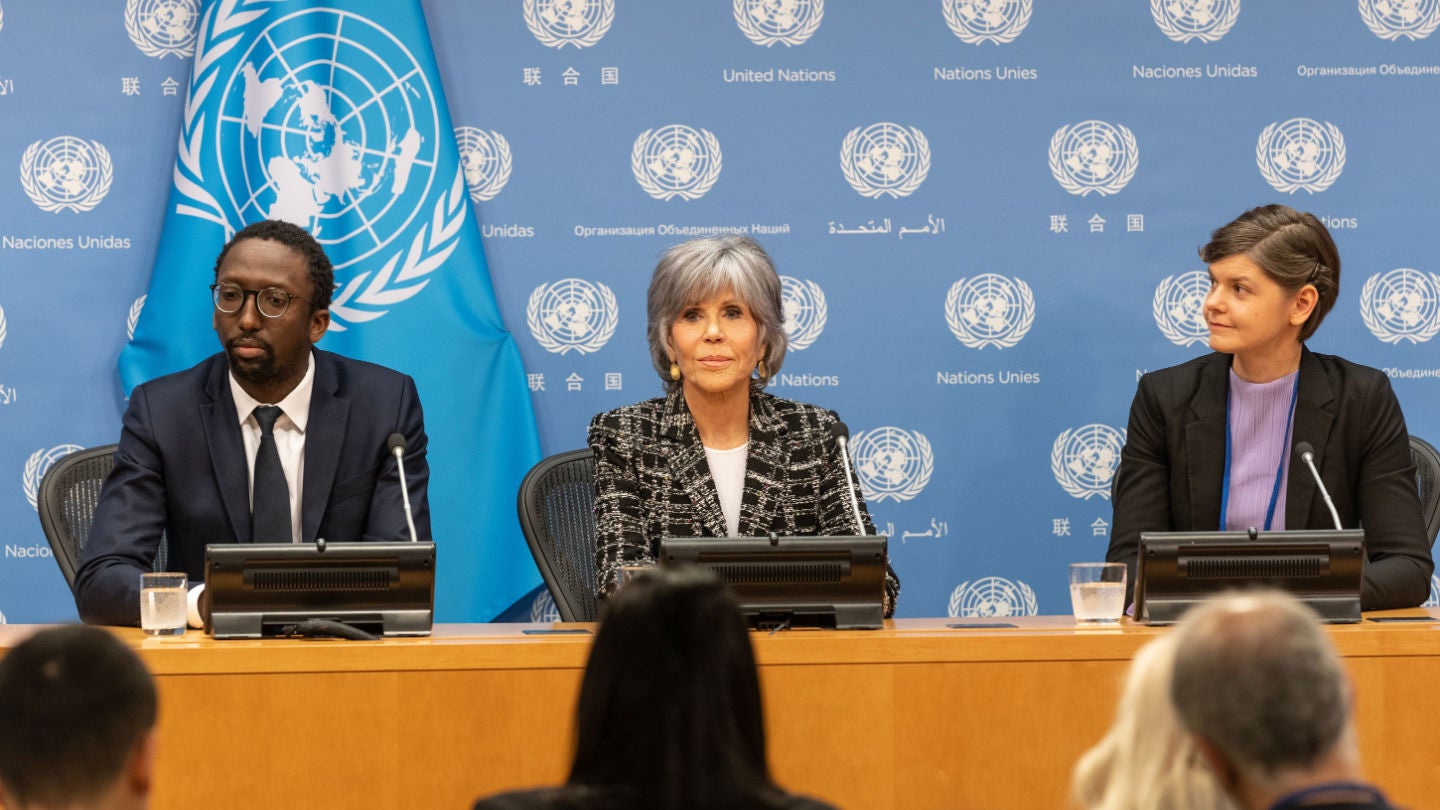
After two decades of deliberation, on 4 March 2023 UN members agreed on the first-ever treaty to protect the high seas. The term ‘high seas’ is used to describe oceans that lie outside national territory, which make up over two-thirds of the world’s oceans by surface area and are home to up to ten million species.
This treaty provides the first legal framework to designate 30% of the high seas as marine protected areas (MPAs) by 2030, keeping in line with the ‘30×30’ target (a call to protect 30% of the world’s land and oceans by 2030) agreed upon at the COP15 UN Biodiversity Conference in December 2022.
The key agreements of the treaty include:
- Restrictions on how much fishing can take place, the routes of shipping lanes, and exploration activities
- Environmental assessments for deep sea activities are required, providing the opportunity to stop damaging activities
- Environmental impact assessment reports are made accessible to the global community for more transparency
- Sharing of the benefits of marine genetic resources, such as plant and animal material, which may be used as pharmaceuticals and food
- A Conference of the Parties (COP) will be established to meet periodically, allowing nations to be held accountable and raise issues with the treaty
Why is the High Seas Treaty important?
In the past, the high seas were subject to the ‘tragedy of the commons’, whereby no ownership of the oceans and a lack of regulations led to the depletion of marine resources and the overall degradation of the environment.
The oceans are hugely crucial in conservation but are often overlooked, with the word ‘ocean’ appearing only twice in the 5000-word working agreement at COP15. After all, the oceans produce 50–85% of all oxygen we breathe and play a vital role in climate regulation, having absorbed 90% of the warming that has occurred in the last few decades due to increasing greenhouse gases and absorbing 25% of all carbon dioxide emissions.
The oceans are also estimated to be home to up to 80% of all life on earth, making them a biodiversity hotspot. Since the high seas comprise over 60% of all global oceans and currently only 1.44% is protected, safeguarding them is integral.
How well do you really know your competitors?
Access the most comprehensive Company Profiles on the market, powered by GlobalData. Save hours of research. Gain competitive edge.

Thank you!
Your download email will arrive shortly
Not ready to buy yet? Download a free sample
We are confident about the unique quality of our Company Profiles. However, we want you to make the most beneficial decision for your business, so we offer a free sample that you can download by submitting the below form
By GlobalDataHow can the treaty be improved?
Though this treaty is a welcome step in the right direction, many issues still need to be addressed. Firstly, the treaty must be formally adopted by member states and ratified by at least 60 countries before it enters comes into force, with agreements similar to this one sometimes taking a year to be signed and ratified. And much remains to be decided, including which 30% of the high seas will become MPAs. This is an essential task given that all marine areas are unique and unequal, with some marine regions having higher biodiversity or ecological capital. After this has been addressed, further questions about how these MPAs will be managed and enforced must then be tackled.
What does this treaty mean?
Though it is currently unclear how the MPAs will be enforced, whichever route is taken will likely lead to geopolitical tensions. Questions around ocean governance will be raised as countries with larger navies may make up the most significant contributors to protecting the MPAs, promoting a sense of ownership over the valuable resources in these areas.
One sensitive area of the talks around the High Seas Treaty, leading to the negotiations overrunning by a day, were discussions over resource-sharing between countries, with developing countries raising concerns that richer countries having potential dominion over valuable oceanic resources could perpetuate the growing income gap between nations. In addition, the treaty states that UN member states will fund these areas, which led to unease among the less-developed countries, as larger funders could potentially harness their economic leverage to influence where the valuable resources found in MPAs go. China, the second largest contributor to the UN, is known for its eagerness to exploit marine areas with few rules, as seen in the Antarctic. With rising tensions over control of the seas in the past few years, there are concerns surrounding countries furthering their geopolitical maritime ambitions under the guise of protecting global MPAs.
High Seas Treaty is a huge diplomatic feat
However, despite this, the treaty is still a huge diplomatic feat. Article six of the treaty promotes international cooperation in marine research and the obtaining of resources, which offers hope that there will be equitable access for all. Not only have indigenous communities, who protect 80% of the world’s biodiversity, been placed at the forefront of the treaty, but there are huge opportunities for landlocked countries to have access to resources they never had in the past.
This treaty is a huge leap forward in conservation, and the diverse range of stakeholders involved (including NGOs, governments, international organizations, and more) will ensure the cooperation and collaboration needed to bring this treaty successfully into effect.




